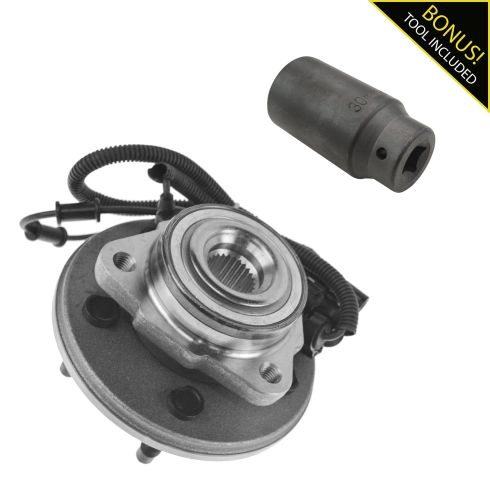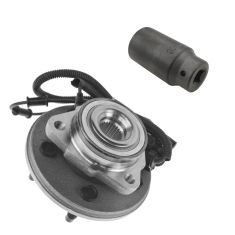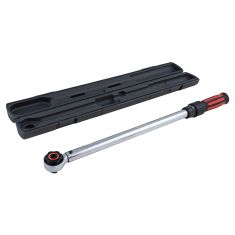1ASHS01183-Ford Lincoln Mercury Front 2 Piece Wheel Bearing & Axle Socket Kit TRQ BHA84978



Replaces
Ford Lincoln Mercury Front 2 Piece Wheel Bearing & Axle Socket Kit TRQ BHA84978


Frequently bought together
Product Reviews
Loading reviews
Customer Q&A
No questions have been asked about this item.















